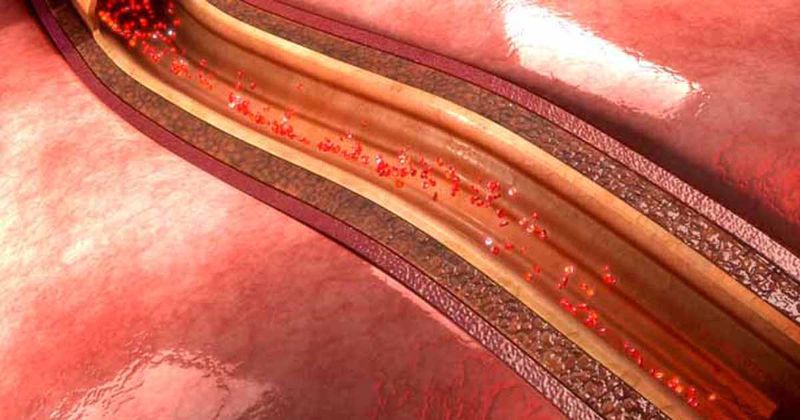CAD severity, not ischemia, associated with 4-year death, MI risk in ISCHEMIA
CAD severity, not ischemia severity, was associated with 4-year risk for death and MI among patients with stable ischemic heart disease in the ISCHEMIA trial, researchers reported.
According to data published in Circulation, initial invasive management did not lower risk for all-cause mortality at 4 years compared with a conservative strategy, regardless of ischemia or CAD severity.


“In our large stable ischemic heart disease trial cohort, CAD severity was a highly significant predictor of all-cause mortality, MI, the trial primary five-component composite endpoint, CV death or MI, and other individual trial endpoints, independent of ischemia severity and other clinical predictors,” Harmony R. Reynolds, MD, associate professor of medicine, associate director of the Cardiovascular Clinical Research Center and director of the Sarah Ross Soter Center for Women’s Cardiovascular Disease at NYU Langone Health, and colleagues wrote. “In contrast, core laboratory-determined ischemia severity was associated with only one trial outcome, MI, and this was no longer significant after including CAD severity in the model.”
The ISCHEMIA trial
In the ISCHEMIA trial, researchers randomly assigned 5,179 patients with moderate or severe ischemia to an initial invasive or conservative management strategy.
As Healio previously reported, invasive and conservative strategies for optimal medical therapy conferred similar longer-term CV outcomes among stable patients with moderate or severe ischemia.; however, the main ISCHEMIA trial, which excluded patients with renal disease, demonstrated that invasive treatment was associated with better angina control and quality of life compared with a conservative strategy.
For this analysis of the ISCHEMIA trial, researchers compared 4-year event rates across subgroups stratified by ischemia severity and CAD. Ischemia severity was evaluated by independent core laboratories, and CAD was classified using the modified Duke Prognostic Index.
The primary endpoint was all-cause mortality. Secondary endpoints included MI, CV death or MI and the ISCHEMIA trial primary composite endpoint of CV death, MI or hospitalization for unstable angina, HF or resuscitated cardiac arrest.
Ischemia severity vs. CAD severity
According to the study, neither moderate nor severe ischemia was associated with increased mortality compared with mild to no ischemia (HR for moderate ischemia = 0.89; 95% CI, 0.61-1.3; HR for severe ischemia = 0.83, 95% CI, 0.57-1.21; P for interaction = .33).
Risk for nonfatal MI increased with worsening ischemia severity (HR for moderate ischemia = 1.2; 95% CI, 0.86-1.69; HR for severe ischemia = 1.37; 95% CI, 0.98-1.91; P for trend = .04); however, the trend became nonsignificant after adjustment for CAD.
ISCHEMIA participants with the most severe CAD (n = 659) experienced a more than twofold risk for death (HR = 2.27; 95% CI, 1.37-3.75) and elevated risk for MI (HR = 1.69; 95% CI 1.17-2.45) compared with patients in the least severe CAD subgroup.
According to the study, assessment by ischemia severity did not identify any subgroup with treatment benefit with regard to mortality, MI, the ISCHEMIA trial primary endpoint, or CV death or MI.
Moreover, the 4-year rate of CV death or MI was approximately 6.3 percentage points lower (95% CI, 0.2-12.4) in the invasive group (11.6%) compared with the conservative strategy group (17.9%) classified with the greatest CAD severity. Four-year all-cause mortality was similar in both groups.
“In light of the relatively small size of the subgroup, the absence of a graded relationship between CAD extent and the likelihood of benefit, the absence of a mortality difference, and the fact that only about half of randomized participants had coronary CTA interpretable for extent and severity of CAD for technical reasons, we cannot definitively conclude that those with the most extensive CAD benefit from an invasive strategy,” the researchers wrote.
